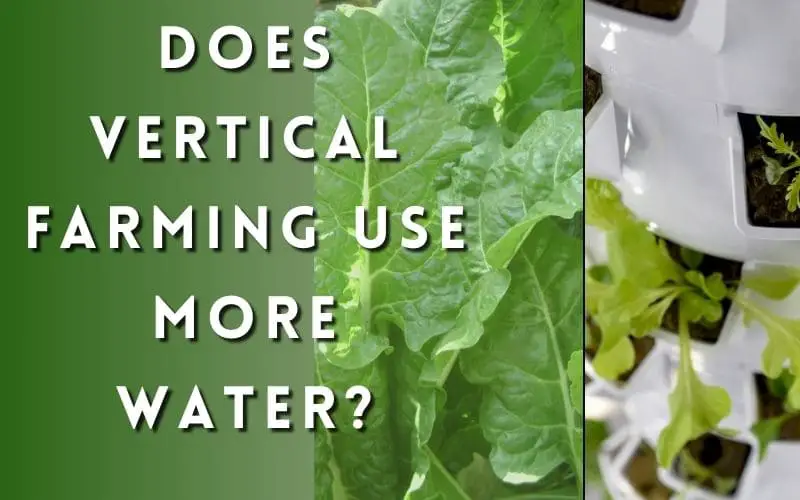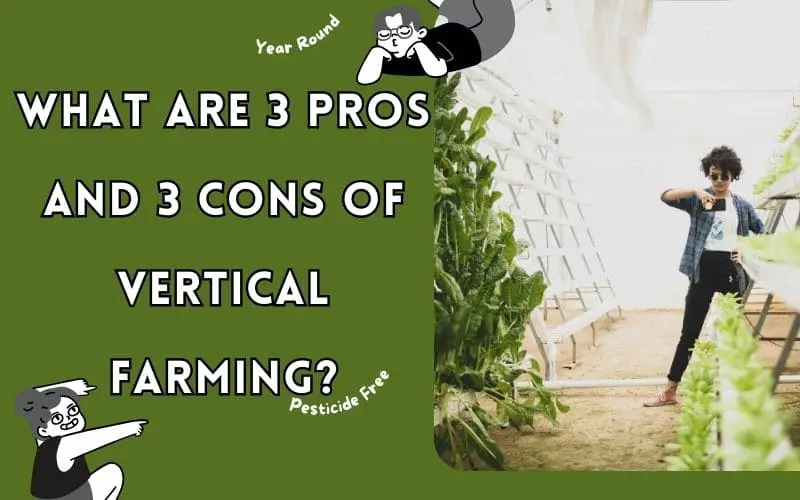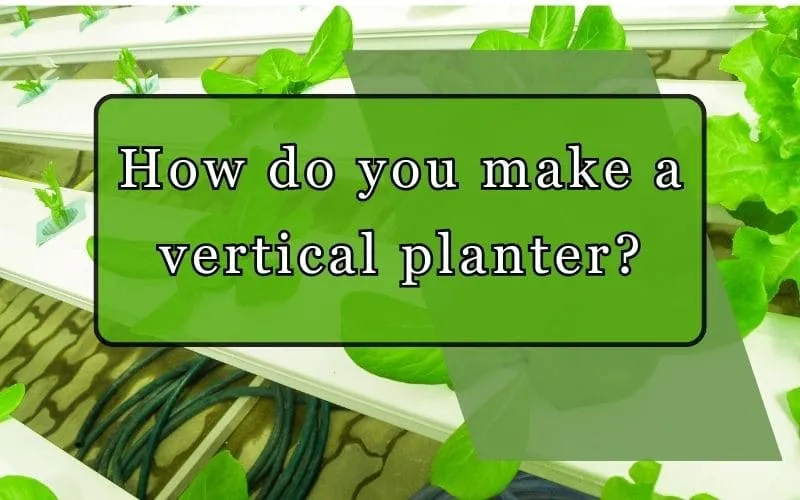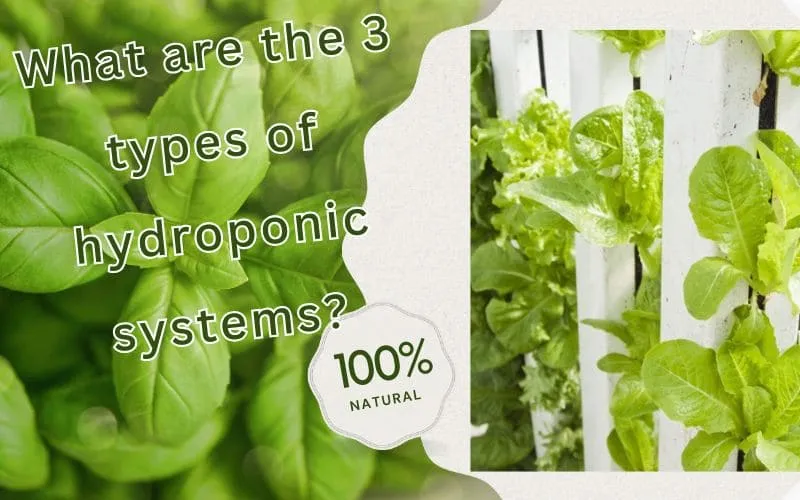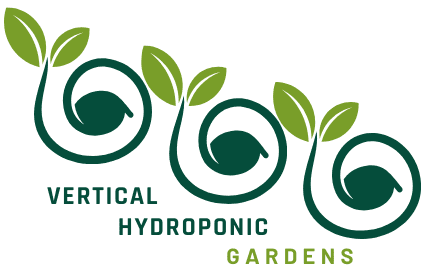What is the difference between Aeroponics and hydroponic tower?

Introduction
Welcome to our guide to understanding the key differences between Aeroponics and hydroponic tower systems. In this article, we’ll explore the definitions, advantages, disadvantages, suitable plants, maintenance, and setup requirements for both systems to help you make an informed decision for your gardening needs.
Answer to the Question
Before diving into the specifics, let’s address the central query: What is the difference between Aeroponics and hydroponic tower? By the end of this article, you will have a clear understanding of the distinctions between these two innovative growing methods.
Aeroponics vs. Hydroponic Tower
Definition of Aeroponics
Aeroponics is a soilless growing technique that involves suspending plants in a closed or semi-closed environment and continuously misting the roots with a nutrient-rich solution. This method allows for highly oxygenated roots, promoting rapid nutrient absorption and accelerated plant growth.
Definition of Hydroponic Tower
On the other hand, a hydroponic tower system is a vertical hydroponic setup that utilizes a series of stacked planters to grow crops. Nutrient-enriched water is circulated through the towers, providing a constant supply of nutrients to the plants without the need for soil. The towers are designed to optimize space and facilitate efficient water and nutrient distribution.
Key Differences
- Aeroponics relies on misting the roots with a nutrient solution, providing increased oxygenation to the roots, and promoting rapid growth.
- Hydroponic towers use a continuous circulation of nutrient-enriched water, designed for efficient space utilization and continuous nutrient distribution.
While both aeroponics and hydroponic tower systems are innovative methods for growing plants, they have distinct differences in their nutrient delivery systems and the support they offer for plant growth.
When it comes to aeroponics, it operates by misting the plant roots with a nutrient solution. This method ensures that the roots receive an optimal level of oxygen, which facilitates rapid growth. Additionally, aeroponics is highly efficient in water usage and promotes the growth of plants in a soilless environment.
On the other hand, hydroponic towers are designed for utilizing space efficiently and providing continuous nutrient distribution to the plants. The towers circulate nutrient-enriched water to the plants, ensuring that they receive a consistent supply of nutrients for their development.
One crucial aspect to consider is the maintenance and operational requirements of the systems. While aeroponics demands regular maintenance to prevent clogging and ensure proper misting, hydroponic towers require periodic monitoring and adjustment of the nutrient solution to maintain the optimal nutrient levels for the plants.
Advantages and Disadvantages
Aeroponics Advantages
Aeroponics Advantages
- Faster Plant Growth: Aeroponics provides an ideal environment for accelerated plant growth due to the precise delivery of nutrients and oxygen directly to the roots.
- Reduced Water Usage: The efficient use of water in aeroponics systems minimizes water wastage, making it a sustainable and water-saving method of cultivation.
- Minimal Nutrient Waste: By delivering nutrients in a targeted manner, aeroponics minimizes nutrient waste and ensures optimal nutrient absorption by plants.
- Robust Root Development: The oxygen-rich environment in aeroponics systems promotes the development of strong and healthy root systems, essential for overall plant health and vigor.
- Efficient Nutrient Absorption: Plants in aeroponics systems efficiently absorb nutrients, leading to healthier and more productive growth.
Aeroponics Disadvantages
- High initial cost: Aeroponic systems require a significant initial investment in equipment, such as high-pressure misting nozzles, pumps, and control systems.
- Precise monitoring and maintenance: Aeroponics systems demand meticulous attention to ensure the misting and nutrient delivery are consistently optimized, requiring regular monitoring of pH levels, nutrient concentrations, and misting intervals.
- Reliability challenges: Power outages or pump failures can pose significant risks to the plants’ well-being, making system reliability a crucial factor to consider. Backup power systems and redundant pump setups may be necessary to mitigate these risks.
- Vulnerability to clogging: The misting nozzles in aeroponic systems are prone to clogging, which can disrupt nutrient delivery and misting, leading to potential damage to the plants if not addressed promptly.
- Complex setup and operation: The intricate nature of aeroponic systems requires a thorough understanding of the technology and horticultural practices, making them more challenging for beginners without prior experience in hydroponics.
Hydroponic Tower Advantages
Hydroponic Tower Advantages
- Space Efficiency: Hydroponic tower systems excel in space efficiency, making them ideal for urban and indoor environments. They offer versatile planting configurations and continuous nutrient distribution, allowing for the cultivation of a wide variety of crops in a compact footprint.
- Water Conservation: Hydroponic towers use significantly less water compared to traditional soil-based cultivation methods, making them a sustainable choice for water conservation.
- Controlled Environment: These systems provide precise control over environmental factors such as temperature, humidity, and light, enabling optimal growth conditions for plants.
- Vertical Farming Innovation: Vertical farming utilizing hydroponic towers represents an innovative approach to agricultural production, maximizing space utilization while minimizing ecological impact.
Hydroponic Tower Disadvantages
However, hydroponic towers may face challenges related to clogging in the water distribution system, and the reliance on a pump for sustaining nutrient circulation requires consistent power supply. Furthermore, periodic maintenance is essential to prevent nutrient imbalances and ensure optimal plant growth.
Suitable Plants for Each System
Plants Suitable for Aeroponics
Aeroponics is well-suited for cultivating a wide variety of plants, particularly those that thrive in highly oxygenated and moisture-controlled environments. Some of the most suitable plants for aeroponics include:
- Lettuce: This leafy green is one of the most popular choices for aeroponic cultivation due to its rapid growth and high nutrient absorption.
- Spinach: Another leafy green that benefits from the efficient nutrient absorption provided by aeroponic systems.
- Basil: This fragrant herb thrives in aeroponic environments, producing robust and flavorful leaves.
- Kale: Known for its nutrient density, kale grows exceptionally well in aeroponic setups, yielding vibrant and healthy leaves.
- Strawberries: Aeroponic systems are ideal for growing strawberries, ensuring optimal hydration and nutrient delivery for these delicious fruits.
In addition to these plants, other suitable options for aeroponics include arugula, Swiss chard, and various culinary herbs such as cilantro, parsley, and mint. The efficient nutrient delivery and oxygenation in aeroponic systems make them a great choice for cultivating a diverse range of plants, offering accelerated growth and robust yields.
Plants Suitable for Hydroponic Tower
- Strawberries
- Cherry tomatoes
- Peppers
- Petunias
- Marigolds
Hydroponic tower systems are incredibly versatile and can support a diverse range of plants, making them suitable for both edible and ornamental gardening. The following are additional examples of plants that thrive in hydroponic tower systems:
- Lettuce
- Basil
- Mint
- Kale
- Spinach
These plants benefit from the optimized growing conditions provided by hydroponic tower systems, allowing for efficient nutrient absorption and steady growth. The controlled environment ensures that the plants receive the ideal amount of water and nutrients, leading to robust foliage and bountiful harvests.
Maintenance and Setup
Setup Requirements for Aeroponics
Aeroponic systems have specific setup requirements that are essential for optimal plant growth and nourishment. These requirements include:
- Nutrient Reservoir: The nutrient reservoir holds the essential nutrients and water solution, providing the foundation for the plant’s growth and development.
- High-Pressure Misting Nozzles: High-pressure misting nozzles are key components that deliver a fine mist of nutrient solution to the plant roots, ensuring efficient nutrient absorption and root health.
- Automated Misting Cycles: Utilizing a timer for automated misting cycles ensures that the plant roots receive regular, consistent nutrient misting, promoting optimal growth and nutrient assimilation.
Furthermore, the proper setup of an aeroponic system involves meticulous attention to detail, including:
- Misting Intervals: Determining and optimizing misting intervals based on the specific plant species being cultivated is crucial for providing the right balance of moisture and nutrients for each plant.
- Nutrient Concentration Optimization: Tailoring the nutrient concentration in the misting solution to suit the requirements of the plant species is vital for ensuring healthy, vigorous growth.
Setup Requirements for Hydroponic Tower
Hydroponic towers demand a stable base, water circulation mechanism, and a reliable nutrient delivery system. Efficient setup includes positioning the towers in an area with adequate airflow and ensuring the water pump and nutrient distribution are functioning optimally for uniform plant nourishment.
Maintenance Comparison
- Nutrient Monitoring and Management: Both aeroponic and hydroponic tower systems require regular monitoring of nutrient levels to ensure that the plants receive the necessary nutrients for healthy growth. This involves testing and adjusting the nutrient solution as needed.
- Clogging Prevention: In both systems, it is crucial to prevent clogging of the nutrient delivery system. This entails regular inspection of the nozzles in aeroponic systems and the plumbing in hydroponic towers to clear any blockages.
- Equipment Maintenance: Diligent maintenance involves timely troubleshooting of any equipment malfunctions, such as pump failures or clogged lines. Regular checks and quick repairs are essential to sustain the optimal functioning of the systems.
- Root Zone Health: Ensuring the health of the plant’s root zone is vital in both systems. This can be achieved through regular examination and maintenance of the root chamber, including root pruning and periodic replacement of the growing medium.
Conclusion
In conclusion, the distinctions between Aeroponics and hydroponic tower systems encompass their nutrient delivery methods, advantages, disadvantages, suitable plants, and maintenance requirements. By understanding these differences, you can make an informed decision regarding the most suitable system for your specific growing needs and optimize the cultivation of your chosen plants.
